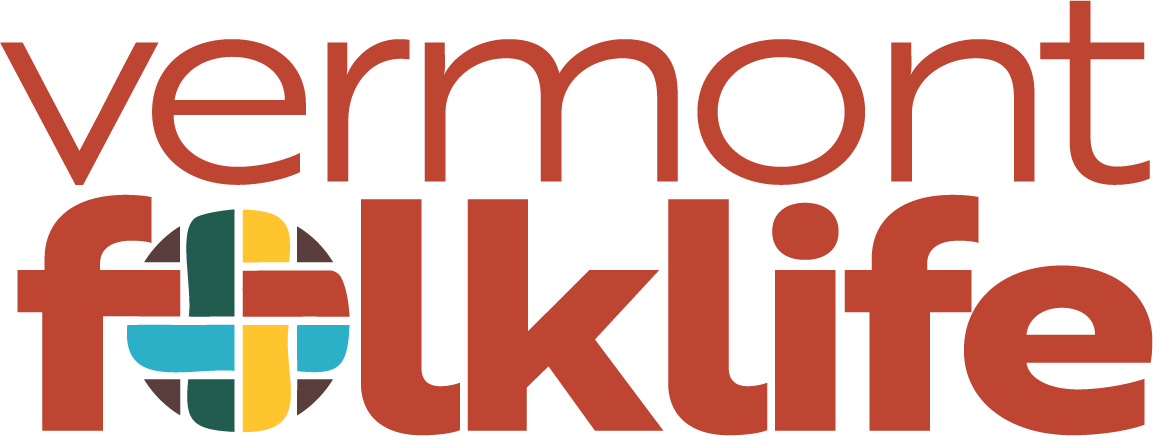Lesson #1 – New Styles of Music
Time: 40-50 Minutes
Creator: Betsy Nolan, Musical Educator
Institution: Edmunds Elementary, Burlington, VT
Objectives:
Review vocabulary for describing a piece of music
Practice describing a piece of music without personal judgement.
Overview
What is this lesson about?
New Neighbors Music Project Lesson #1 facilitates students developing skills for listening and responding to music–without personal judgement. Students will learn to evaluate music and create a space for collective reflection with their peers. Additionally, they will experiment with these new listening and reflection skills outside the context of the classroom with their friends, family, etc.
Learning Objectives:
Students will review vocabulary for describing a piece of music.
Students will practice describing a piece of music without personal judgement.
Lesson Plan: NNP #1
Section 1: Listening & Responding
Before you begin review the music vocabulary in the word bank.
Vocabulary Word Bank
Melody, harmony, tone, major, minor, instruments, loud, soft, dynamics, tempo, beat rhythm, timbre, crescendo, decrescendo, form, verse, chorus, bridge, mood
Before saying anything about it, play the song once and ask students to listen with an open ear/mind, perhaps write down any reactions/thoughts/feelings they experience.
Possible Questions:
1. What do you hear? – Using the word bank, describe what you hear. Do not share your feelings or opinions about the music.
2. Emotional Response: Based on our group description, talk about how this music makes you feel and why.
3. What don’t you hear? – What strikes you as “missing” or “desired” in the song? This can help to point out the context in which we hold our musical experiences, even if we aren’t aware of it.
4. Provide contextual (i.e. historical, cultural, regional) information about the song.
5. Repeat this process with two or three different selections.
Section 2: Collective Reflection
Facilitate reflection, possibly stepping back except to record responses on the board, of what it was like to learn the song.
Possible prompts to give:
1. What was difficult or easy about describing the songs without adding your opinion of the music?
2. What surprised you about the songs?
3. How does listening with the goal of describing the music change your experience as a listener? Does it change what you hear? Does it change how you feel about the music?
Section 3: Taking it out into the World!
Try listening and describing music with someone outside of this class. Talk about the experience and how it changes how you listen and what you hear.
- Deeper discussion can investigate our ideas and beliefs about what we actually hear. Why do we “like” or “dislike” music? Is culture important, or is music heard objectively by the ears and brain?
Vermont Framework of Standards
MUSIC STANDARDS
Students show understanding of music CONCEPTS and VOCABULARY by…
A7-8:14 Students analyze, interpret, and respond to art by…
A7-8:17 Students show understanding of how the arts impact life by…
A7-8:18 Students show understanding of how the arts shape and reflect various cultures and times by…
SOCIAL STUDIES STANDARDS
H&SS7-8:16 Students examine how different societies address issues of human interdependence by…
- Describing aural examples of music using appropriate terminology (e.g., pitch, rhythm, tempo, dynamics, form, timbre, texture, articulation, harmony, phrasing, style).
- Explaining qualities (elements, principles of design, expression) that may evoke emotion and meaning.
- Relating varied interpretations of works of art using some or all of the following (e.g., observation, personal experience, cultural context).
- Comparing/contrasting works of art, which may include a student’s own work.
- Demonstrating an understanding of how the arts contribute to physical and mental health (e.g., self-expression, such as anger, joy, confusion, frustration).
- Researching and describing how the arts reflect cultural values in various traditions throughout the world.
- Analyzing how shared values and beliefs can maintain a subculture (e.g., political parties, religious groups). i
- After examining issues from more than one perspective, defining and defending the rights and needs of others in the community, nation, and world (e.g. AIDS in Africa; One Child Policy in China; nuclear waste disposal). i
- Analyze differences and similarities among people that arise from factors such as cultural, ethnic, racial, economic, and religious diversity, and describe their costs and benefits.
“This song is from my village. The youngsters after a day’s hard work they used to get together with their dramyins and play with each other. This is a very energetic folk song.” – Migmar
"This song and dance group called Inyange is composed of about fourteen women all of Burundian origin located in the greater Burlington area in Vermont. They sing this song as an introduction to their performance. The song helps the singers prepare themselves before they share their music. The song says This is who we are, we are from Burundi."
